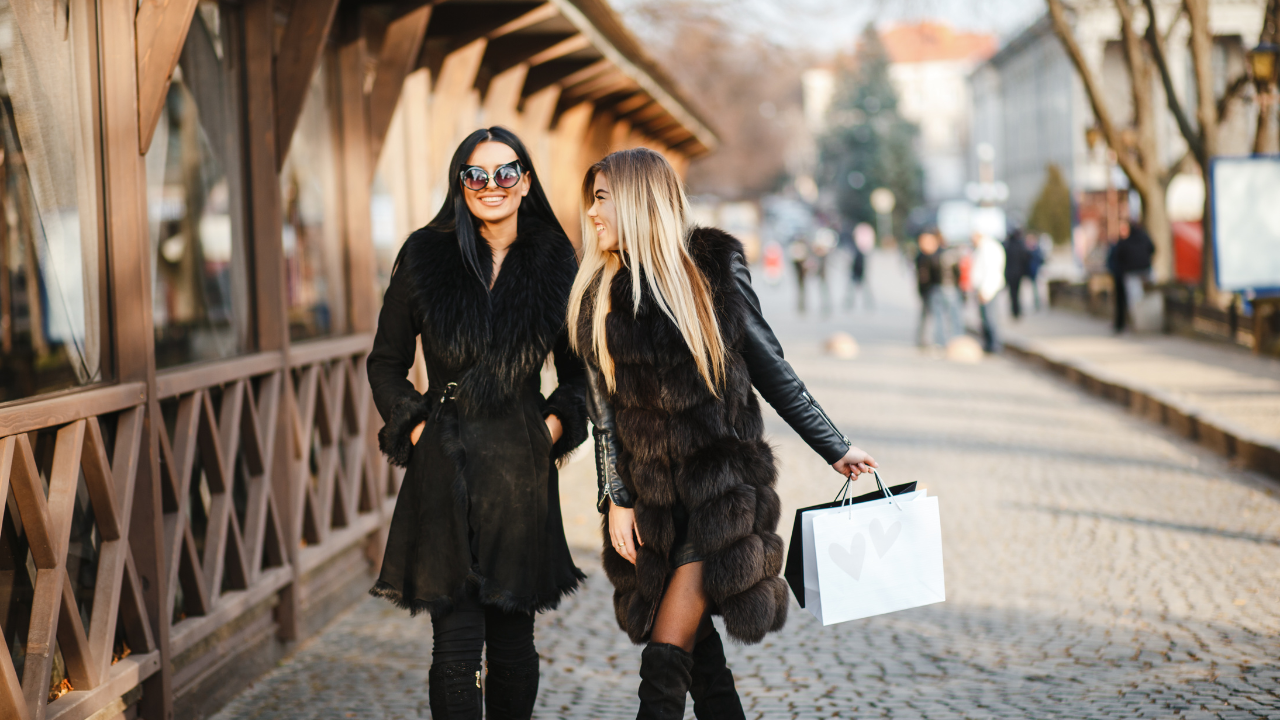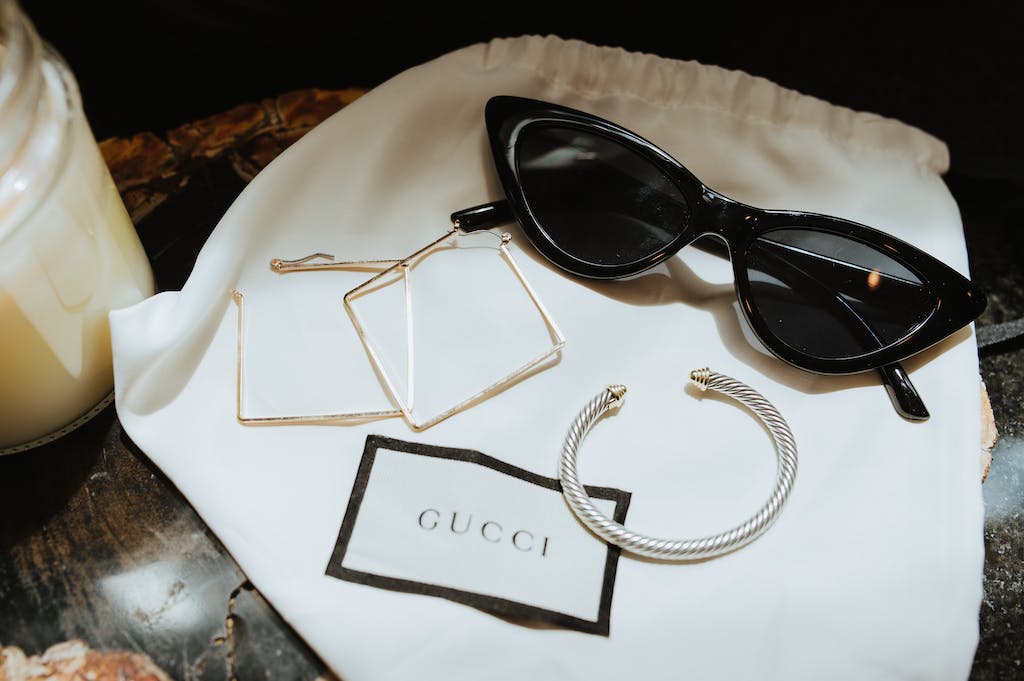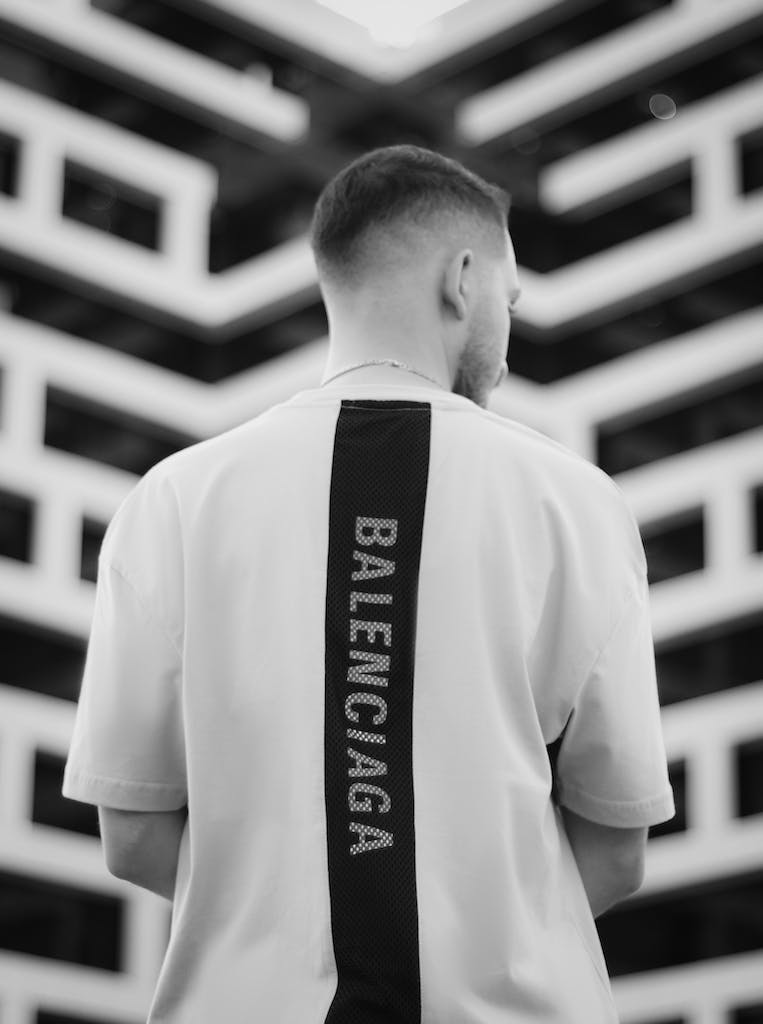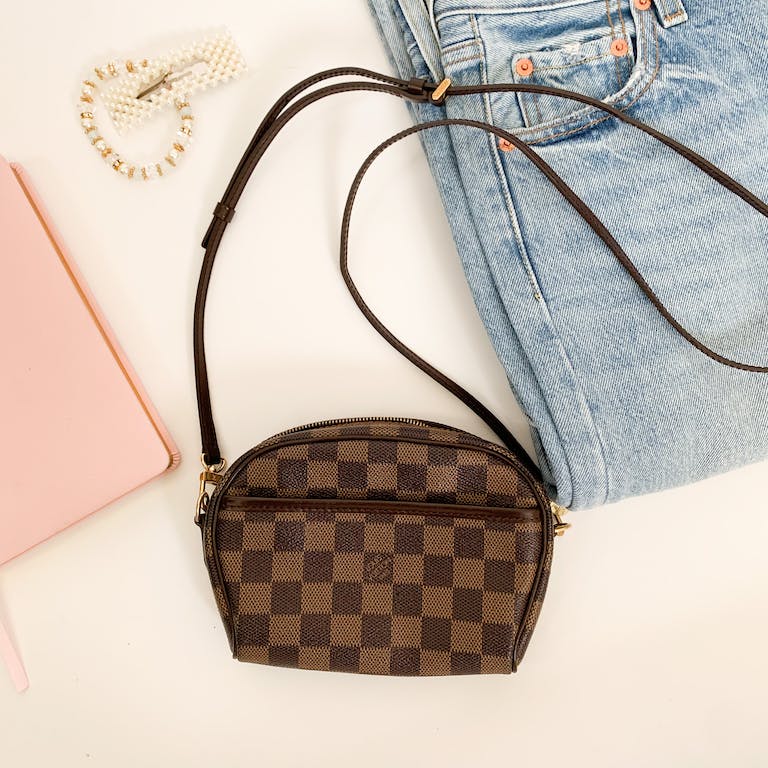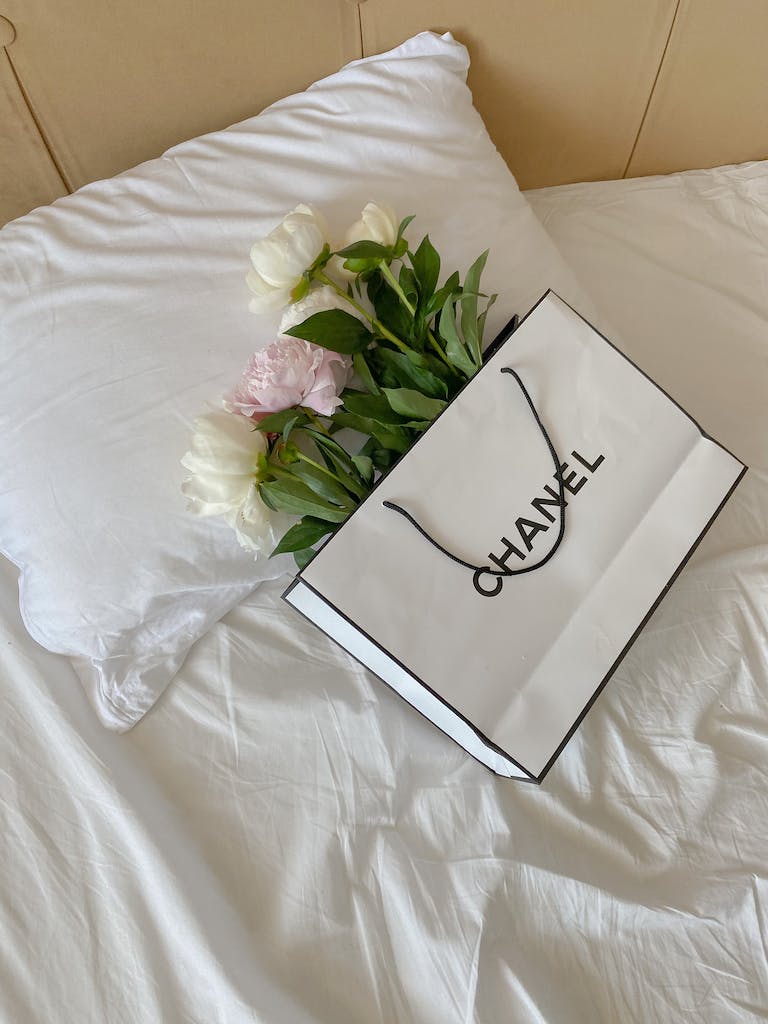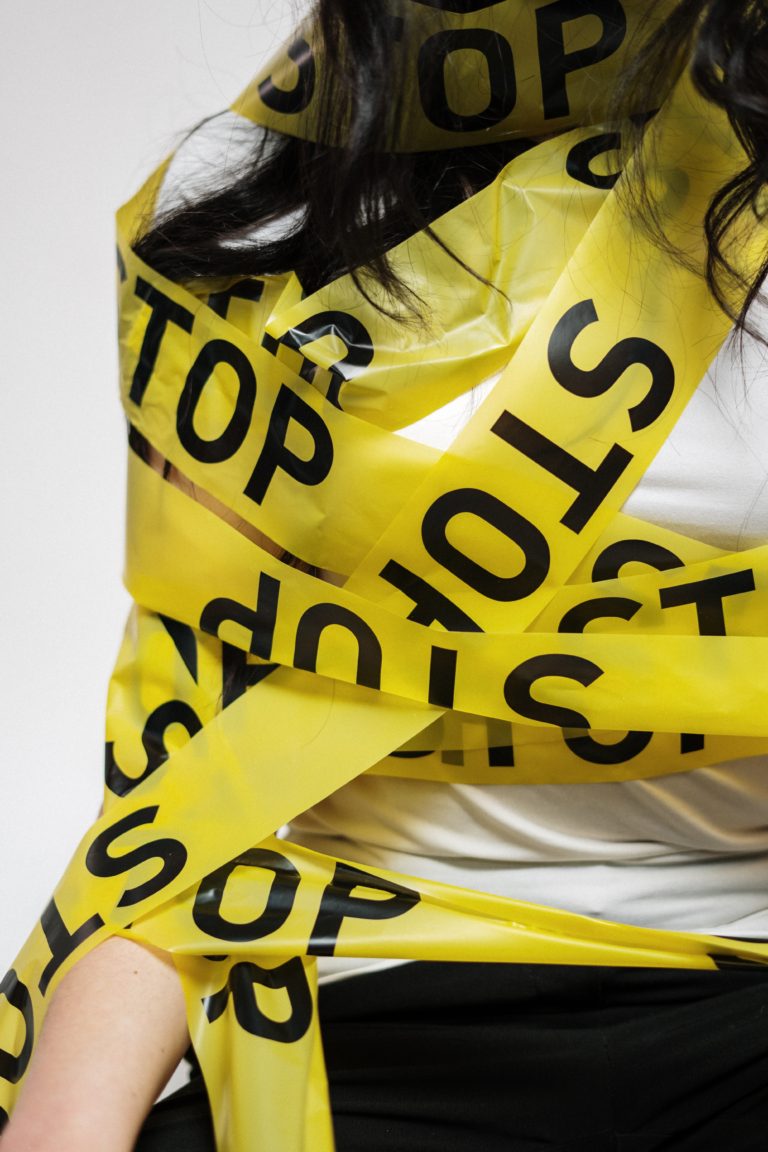10 Best Fashion Weeks Around the World: Global Glamour
Fashion Weeks are the pinnacle events in the world of fashion, providing a stage for established designers and emerging talent to showcase their latest creations. Beyond just the “Big Four” that are often talked about, New York, London, Milan and Paris, there are more fashion weeks around the world that have quickly picked up on the scene and contributing to the fashion landscape.
From the avant-garde presentation in Tokyo to the burgeoning fashion hubs in cities like Lagos and Johannesburg, these events offer a diverse perspective on fashion that is influenced by local culture and global trends. They draw the attention of fashion enthusiasts, celebrities, and influencers from around the world, making them important dates on the international fashion calendar.
These celebrated occasions are crucial for networking, spotting the next big thing in fashion design, and understanding the direction in which world fashion is heading. Each Fashion Week has its own distinctive flair and is an excellent barometer of the industry’s health and creative vigor. Spanning various continents, each adding to the rich tapestry that is modern fashion, these Fashion Weeks remind us that fashion is not just a business but also an art form that speaks a global language.
1. New York Fashion Week
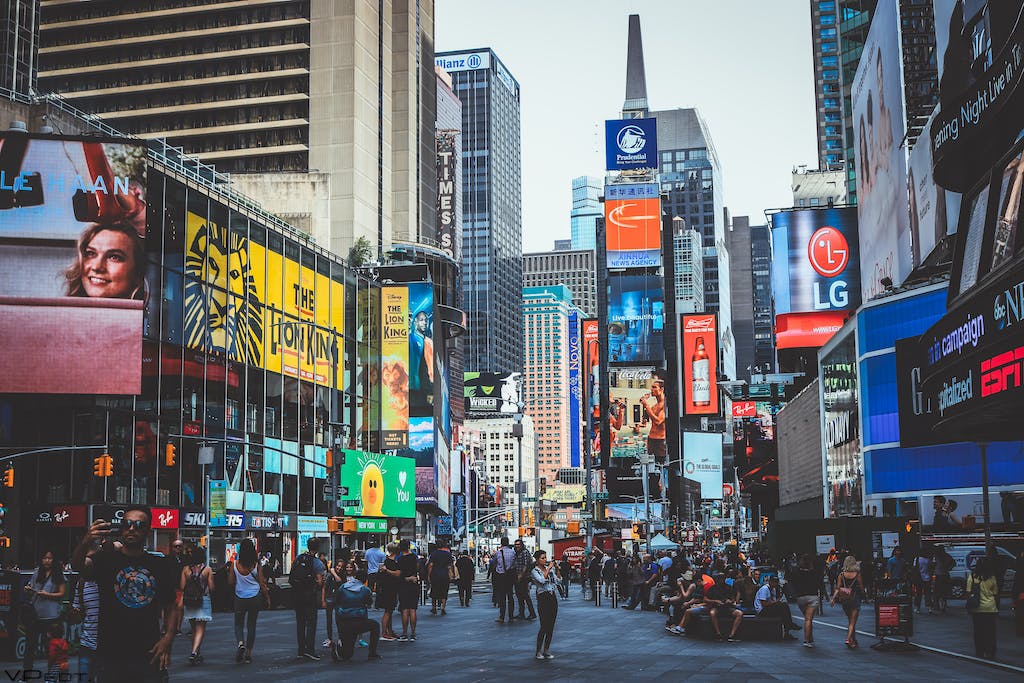
New York Fashion Week (NYFW) is a prominent event in the global fashion calendar. It holds two main events annually—generally in February and September—showcasing collections for the upcoming seasons. NYFW attracts a myriad of participants, from renowned designers to emerging talents.
- Location: New York City, United States
- Duration: Approximately 7–9 days
- Established: 1943
- Hosted by: The Council of Fashion Designers of America (CFDA)
The week features a jam-packed schedule with runway shows, after-parties, and exclusive events. It plays a key role in dictating the fashion trends for the year and is a significant platform for American designers.
Designer Participation:
- Top Designers: Include brands like Marc Jacobs, and Michael Kors.
- Emerging Designers: Offer a fresh perspective and innovative designs.
The media coverage is extensive, and the celebrity presence is high, lending increased visibility to the showcased collections. By presenting the latest in fashion, NYFW continues to be a crucial stepping stone for designers to solidify their place in the industry.
2. London Fashion Week
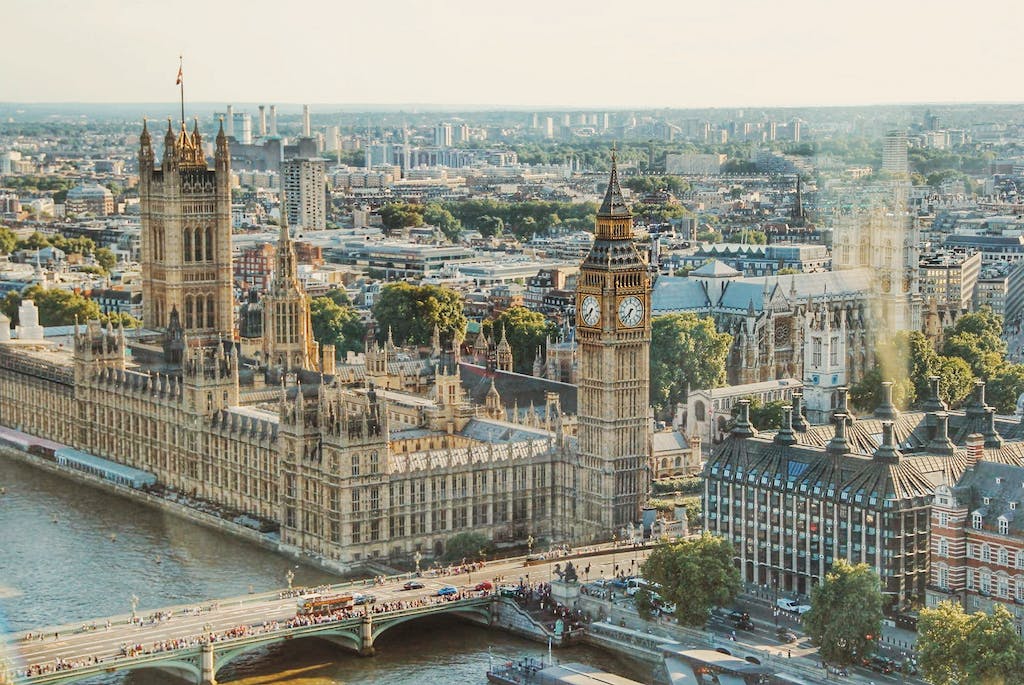
As one of the “Big Four” fashion weeks, London Fashion Week stands out for its exceptional blend of tradition and cutting-edge trends. Held biannually, it is a pivotal event where both established designers and emerging talent showcase their latest collections.
The week features a combination of catwalk shows, presentations, and events that captivate the attention of the fashion industry. The British Fashion Council plays a crucial role in organizing this event that significantly contributes to the UK’s reputation as a fashion hub.
In recent times, London Fashion Week has become recognized not just for the fashions displayed on the runways but also for the influential street style exhibited by attendees. Additionally, it remains a major commercial event, generating substantial orders and boosting the economy.
Notably, London Fashion Week has made strides in digital inclusion, with many shows streamed online to reach a global audience. Traditional venues like Somerset House are complemented by unique settings throughout the city, reflecting London’s storied history and modern flair.
The emphasis is as much on accessible, commercial collections as it is on artistic expression—a true celebration of fashion’s diversity and the ingenuity London is known for.
3. Milan Fashion Week
Milan Fashion Week stands as a prestigious event in the fashion calendar, known for its opulence and the presence of top-tier designers and international celebrities. It is one of the Big Four fashion weeks, alongside Paris, New York, and London.
Notable Highlights:
- Visitors: Global celebrities, renowned designers, influencers, and supermodels grace the event.
- Events: Runway shows, exhibits, and exclusive after-parties mark the week.
- Collections: It features both men’s and women’s collections, focusing on Spring/Summer and Fall/Winter seasons.
When and Where:
- Scheduled Bi-Annually: Hosting collections for upcoming seasons
- Venue: Takes place in various locations across Milan, Italy
Cultural Impact: Milan Fashion Week is a mirror reflecting Italy’s rich cultural fashion heritage. The event plays a crucial role in defining global fashion trends and offers a platform for emerging talent alongside established brands. Its runways are famed for showcasing innovative designs and setting benchmarks for luxury fashion.
Participant Essentials:
| Type | Examples |
|---|---|
| Designers | International veterans and new designers |
| Models | Top models from across the globe |
| Collections | Ready-to-wear and haute couture |
During Milan Fashion Week, the fashion world turns its eyes to the latest trends and breathtaking designs unveiled. This week is a catalyst for fashion retail, influencing buying and selling activities for the upcoming fashion seasons.
4. Paris Fashion Week

Paris Fashion Week stands prominently among the highly esteemed “Big Four” fashion weeks. Renowned for its sophistication, the event is a pinnacle of global fashion where legendary houses such as Dior, Balenciaga, and Chanel showcase their collections. It traditionally concludes the season after New York, London, and Milan have had their shows, underlining Paris’s role as the grand finale in the fashion calendar.
Scheduled twice yearly, this seminal event presents Fall-Winter collections from January to March and Spring-Summer collections from June to October. The Fall-Winter dates are particularly critical as they set the tone for the year’s fashion tendencies.
- Location: Paris, France
- Noteworthy Participants: Luxury designer houses like YSL, Chanel and Balenciaga
- Event Highlights: High-profile celebrity appearances and the convergence of top-tier fashion journalists and influencers
Fashion United outlines that apart from attracting the crème de la crème of the fashion world, Paris Fashion Week is also a hub for buyers and media, which amplifies its influence. The city transforms into a bustling venue for sartorial brilliance, with every runway show and street style moment keenly observed by enthusiasts worldwide.
The latest Paris Fashion Week updates are available through Vogue’s coverage, keeping fashion aficionados informed on the freshest trends and behind-the-scenes action.
5. Tokyo Fashion Week
Tokyo Fashion Week is recognized as a prominent platform for both avant-garde and experimental fashion contributions to global trends, embracing the city’s vibrant streetwear culture. Some of the most colourful and experimental looks are here and draw the eyes of many fashion editors and critiques acrosss the globe.
As the largest fashion week in Asia, Tokyo’s unique offerings go beyond conventional runway shows. The event spotlights local designers and promotes the fusion of traditional Japanese aesthetics with contemporary style. Designers here are known for their bold expressions and innovative designs that often challenge the status quo of fashion.
Notable Venues: Fashion festivities spread across different venues in Tokyo, with the city’s creative pulse being felt throughout event spaces, unique pop-up shops, and exciting press junkets.
Attendance: Tokyo Fashion Week attracts a diverse audience, including international journalists, buyers, celebrities, and style enthusiasts. Opportunities to attend vary, with some shows requiring an RSVP or purchase of a ticket for entry.
For insights into the aesthetics that define Tokyo Fashion Week’s street style, you can explore glimpses of originality and creativity captured during the Spring 2020 shows. Engaging onlookers with an array of eclectic and vibrant outfits, the street style at Tokyo Fashion Week often complements the innovation seen on the runways.
6. Seoul Fashion Week
Seoul Fashion Week has emerged as a prominent platform for Korean designers to showcase their creative visions. It is held biannually and features both spring/summer and autumn/winter collections. Kpop celebrities often take part and fashion has become a huge aspect of Seoul, Korea’s city centre.
The event typically unfolds at the architectural marvel, Dongdaemun Design Plaza (DDP), distinguishing itself with a blend of high fashion and streetwear. It serves as an incubator for both established designers and up-and-coming talent, bolstering the city’s reputation as a fashion capital.
Notable Features:
- Theme: Often underpinned by a unique fusion of traditional Korean aesthetics and contemporary design.
- Format: A combination of physical runway shows and digital presentations, adapted to suit modern demands and global circumstances.
Recent iterations of the event have seen innovative formats, discarding conventional runway presentations for more dynamic and inclusive experiences. This reflects the fashion industry’s evolving nature and Seoul’s adaptive approach.
Seoul Fashion Week consistently garners interest for its directional trends and the city’s street style scene. Photographers capture the style of attendees, often generating as much buzz as the collections themselves.
With a forward-thinking approach, Seoul Fashion Week is not just a local event but a global phenomenon, reflecting the dynamic Korean fashion scene’s growth and the creative future of the industry.
7. Berlin Fashion Week
Berlin Fashion Week establishes itself as a platform exhibiting a unique blend of fashion traditions and contemporary design. It unfurls in Germany’s vibrant capital, traditionally spanning from September 5 to 10, although dates may vary each year.
Highlights include:
- A total of 36 runway shows
- More than 25 exhibitions and installations
- Insightful conferences
- A spectrum of parties and side events
The week is not only a celebration of fashion but also a showcase for up-and-coming designers, especially through events like Neo.Fashion. Neo.Fashion is known for springboarding fresh talent from Germany’s premier fashion schools into the spotlight.
Attendees can expect an eclectic schedule that reflects the creative spirit of Berlin, comprised of both storied labels and buzzworthy new entrants. The week is punctuated with vintage tailoring and dramatic gowns, showing off the diversity that Berlin’s fashion scene is lauded for.
Moreover, sustainability is often a central theme, highlighting Berlin’s role in pushing the bounds of eco-conscious fashion forward. Enthusiasts gather here not just for the latest trends but to glimpse the industry’s evolving ethos toward responsibility and innovation.
8. Dubai Fashion Week
Dubai Fashion Week (DFW) is a stellar event that showcases the luxurious and inventive spirit of Dubai’s fashion scene. It is a platform where Arab creativity converges with global fashion trends, seeking to advance the Arab fashion industry. DFW is known for its advocacy in promoting local designers and for hosting events that attract a wide international audience.
The week-long event typically features:
- Runway Shows: Displaying the latest collections from established and emerging designers
- Exhibitions: Curating fashion-related art and design installations
- Workshops: Offering insights into the world of fashion for aspiring talents
Dubai Fashion Week has flourished under the support of significant establishments like the Dubai Design District (D3) and the Arab Fashion Council. The grandeur of DFW was even announced via a billboard in Times Square, symbolizing its growing prominence on the world stage.
Participants and visitors can expect a blend of high fashion, innovation, and trade opportunities, reflecting Dubai’s position as a blossoming hub for international fashion. However, it is important to note that some events are invite-only, catering to exclusive audiences and industry professionals.
9. Shanghai Fashion Week
Shanghai Fashion Week stands as a prominent event within the international fashion community, signaling the burgeoning creativity and influence of China’s fashion industry. China’s high street brands, represent a major draw, showcasing alongside incredibly talented, up-and-coming designers. Names like Angel Chen and Shushu/Tong have become notable for their innovative designs, contributing fresh perspectives to the global fashion dialogue.
This event not only exhibits the latest trends within the fashion world but also highlights China as a significant market and source of creative talent within the industry. Shanghai Fashion Week is characterized by its dynamic schedule, featuring nine days of runway shows, presentations, and other industry events.
| Shanghai Fashion Week Highlights |
|---|
| Diverse Talent: Showcases a blend of established brands and emerging designers. |
| Dynamic Showcase: Nine days of vibrant fashion events. |
| Industry Barometer: Indicates trends within the world’s largest fashion market. |
| Sales Focus: Emphasizes the growing impact of live-stream sales for brands. |
In recent editions, the integration of digital platforms and high-powered live-streaming has amplified its reach, with influencers and anchors moving substantial merchandise, reflecting the show’s adaptability and forward-thinking nature. The Fashion Week’s blend of physical and digital presentations demonstrates its unique position within the global fashion ecosystem, making it a can’t-miss event for industry insiders and enthusiasts alike.
10. Madrid Fashion Week
Madrid Fashion Week, officially known as Mercedes-Benz Fashion Week Madrid (MBFWMadrid), since Mercedes Benz sponsors the event, is a key event in the Spanish fashion industry. It primarily functions as a platform to showcase Spain’s fashion talent to a global audience. Established designers, as well as promising newcomers, present their latest collections during this event.
- Location: IFEMA, Feria de Madrid
- Attendance: Invite-only, including industry professionals, buyers, designers, and the press.
The event’s itinerary typically includes numerous runway shows, presentations, and industry gatherings. It’s an opportunity for Spanish designers to convey their creative visions and for attendees to glimpse the upcoming trends.
MBFWMadrid not only honors the traditional elements of Spanish fashion but also encourages innovation and modernity in design. It is regarded as the most significant fashion stage in Spain and a respected event on the international fashion calendar.
For more information on Madrid Fashion Week, one can explore details provided by IFEMA’s official page for the event.
The Significance of Fashion Weeks
Fashion weeks stand as pivotal events in the global fashion industry, serving as platforms for designers to unveil their latest collections to a wide audience. These shows are not mere displays of style and creativity; they are strategic marketing tool that put designer brands on the world stage.
- Trends: Fashion weeks dictate the forthcoming trends as designers get the opportunity to influence the industry and consumer behavior for the upcoming seasons.
- Media and Press: The gatherings are a buzzing hub for the media and press, who cover these events extensively, ensuring that the latest in fashion reaches a worldwide audience almost instantaneously.
- Connections: They facilitate networking between designers, buyers, and the fashion press, creating opportunities for business and collaboration within the fashion community.
- Cultural Impact: Fashion weeks also reflect the pulse of the cultural and socio-economic conditions of their host cities, echoing the zeitgeist in their runways.
It is imperative to note that while Paris Fashion Week is often considered the zenith of these events, prominent fashion weeks in New York, London, and Milan coupled with others globally, form a mosaic that showcases an array of regional and international talents. Each of these events has risen in prestige and influence, attracting a legion of devotees from celebrities to industry veterans.
In sum, fashion weeks are integral to the livelihood of the fashion sector—they are the a
Frequently Asked Questions
How frequently do fashion weeks occur within a typical year?
Fashion weeks typically occur twice a year in major fashion capitals. This bi-annual event showcases collections for the upcoming seasons, with designers presenting their autumn/winter lines at the beginning of the year and spring/summer lines in the second half.
Which city hosts the largest and most prestigious fashion week?
Paris is often considered to hold the most prestigious fashion week, known for its high profile designers and luxury brands such as Chanel and Dior. The Paris Fashion Week is a key event in the fashion industry, attracting global attention.
What distinguishes the top fashion shows from others around the world?
The major fashion weeks, such as those held in Paris, New York, Milan, and London, stand out due to their influence on fashion trends, presence of renowned designers, media coverage, and the gathering of prominent industry professionals. These events set the tone for fashion standards globally.
How do the fashion weeks in the United States compare to international events?
Fashion weeks in the United States, predominantly New York Fashion Week, are crucial for setting trends in American fashion. They are comparable to international events in their size, media presence, and designer participation, reflecting the diverse and dynamic nature of the U.S. fashion scene.
